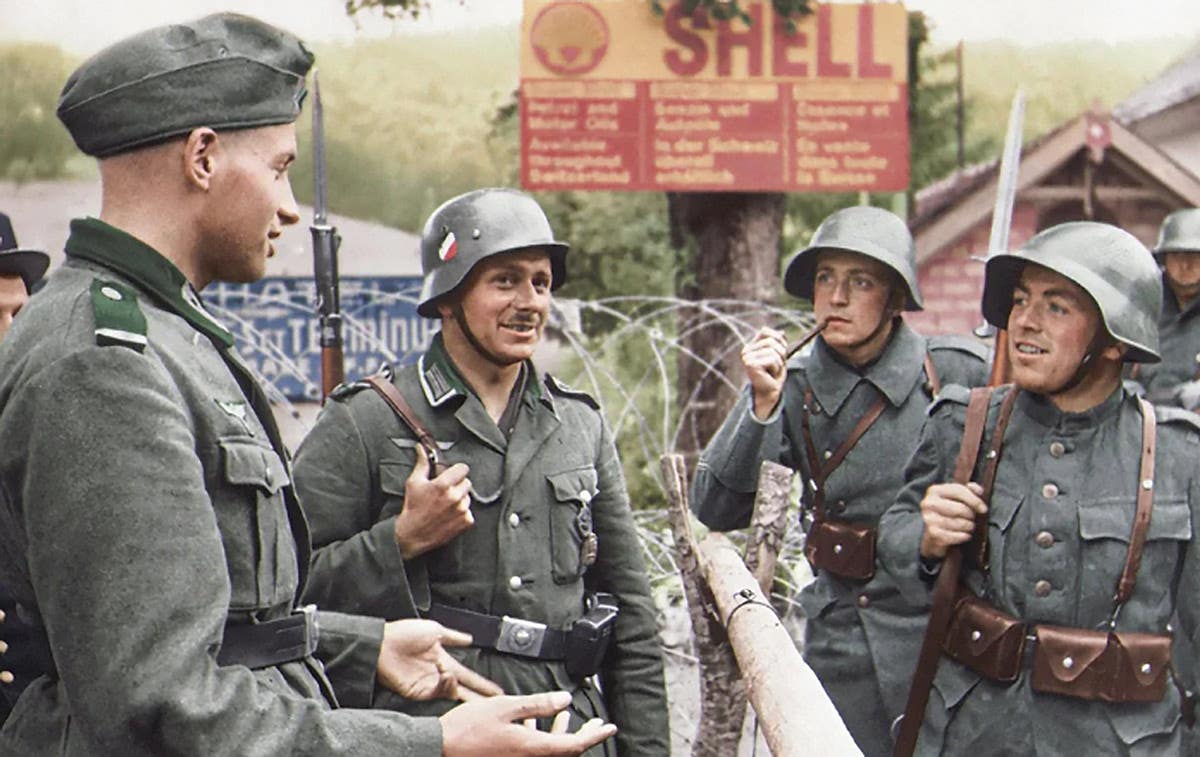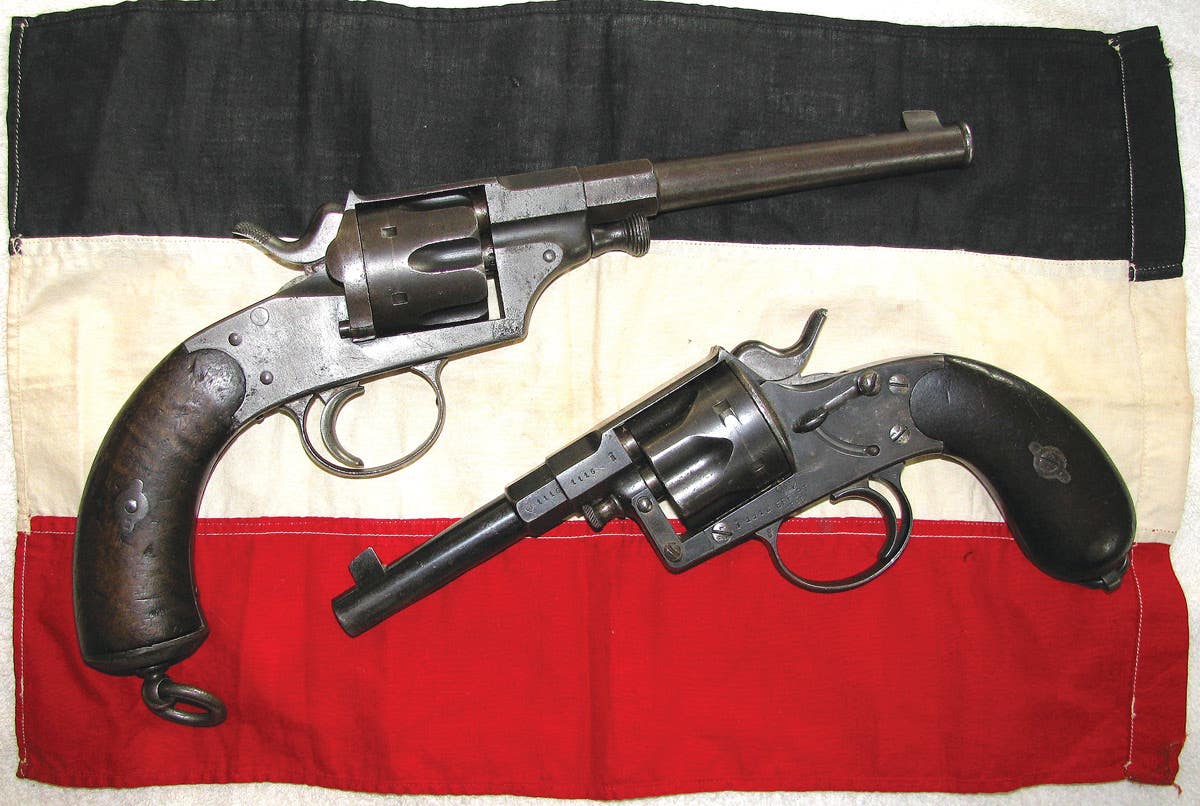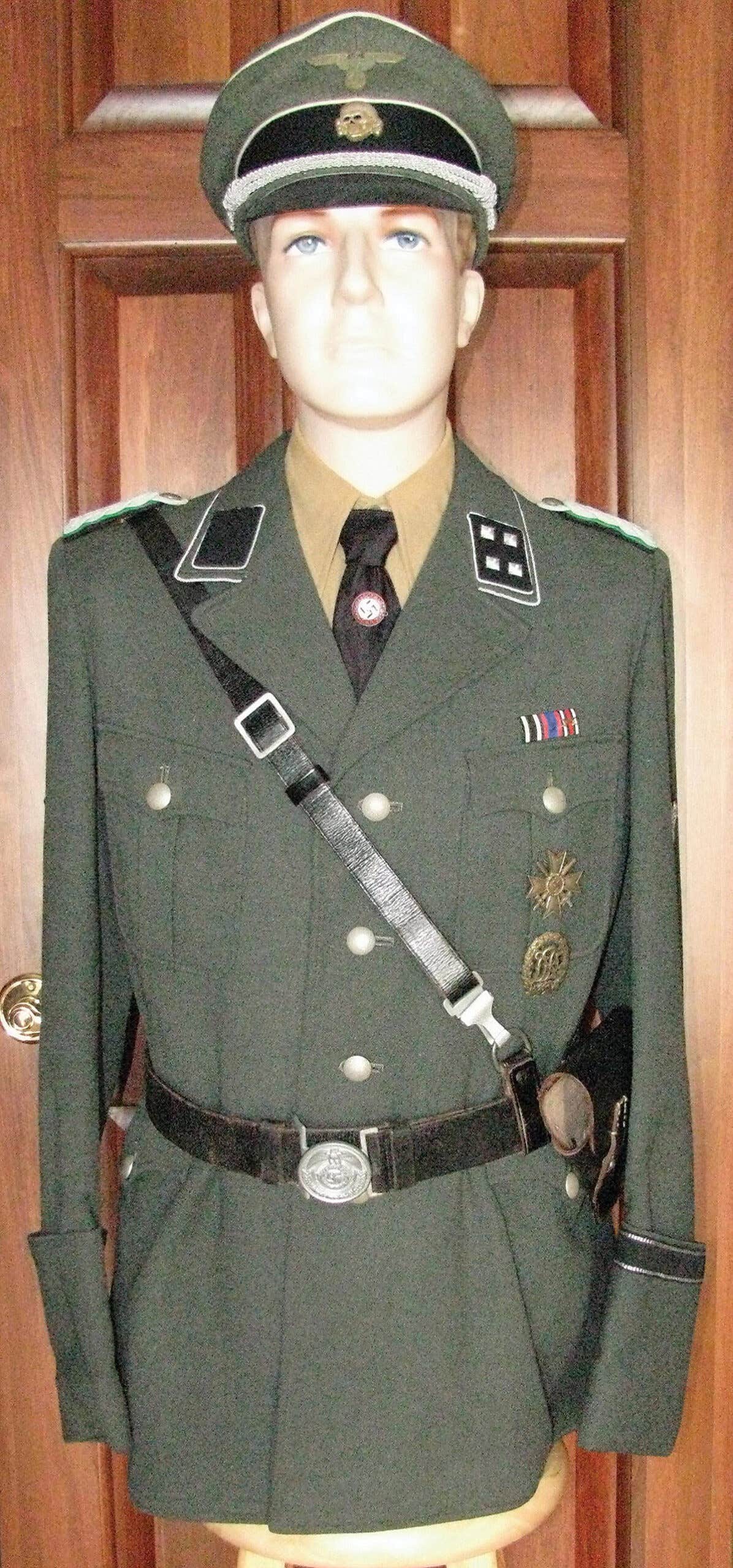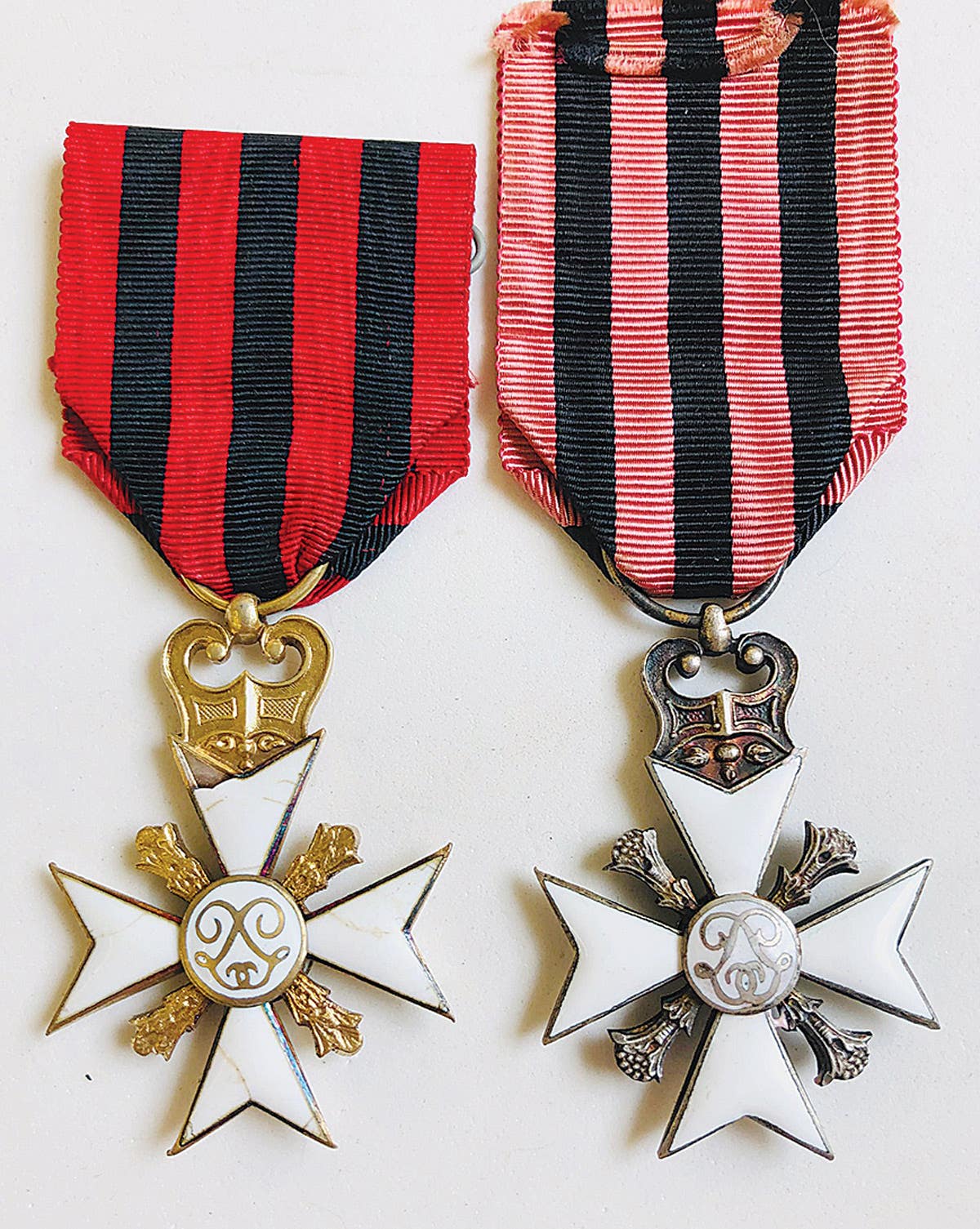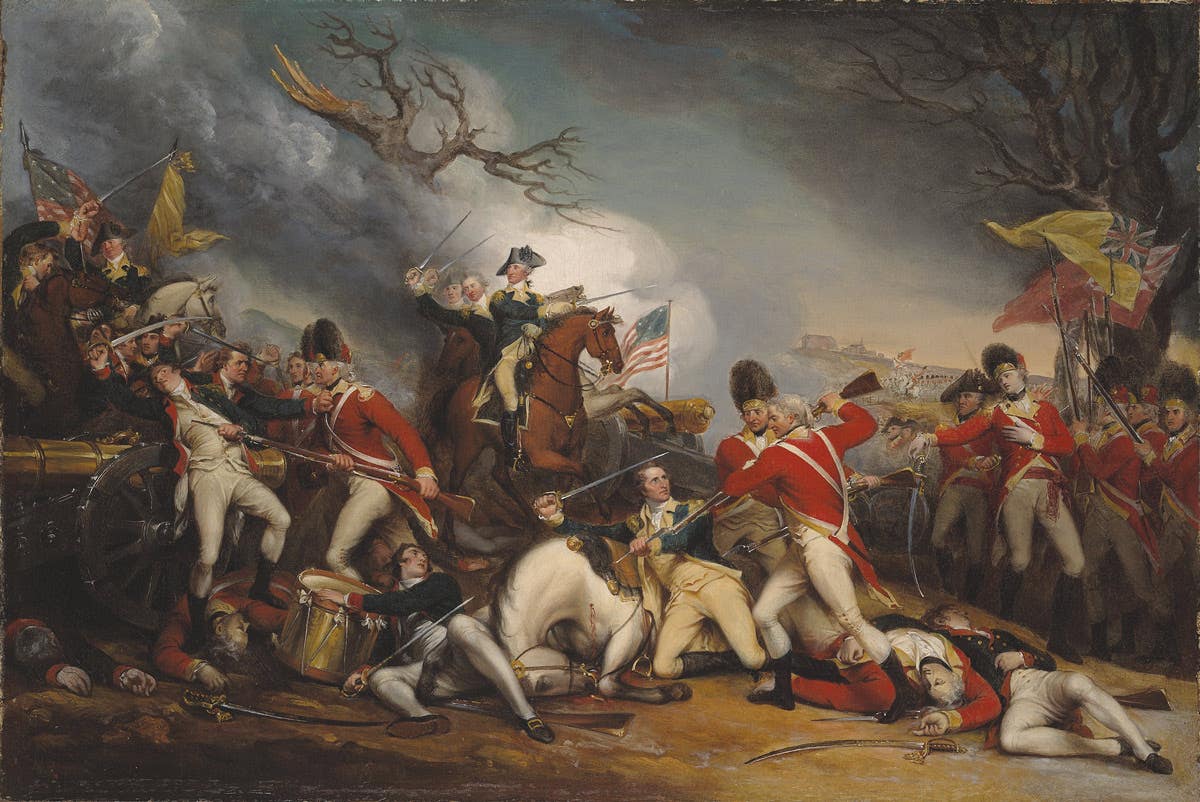‘Robbery & Murder,” and other Iron Cross propaganda
Military medals have been used as propaganda tools by the enemy. Case in point: the Iron Cross.
By Andrew L. Turner
This WWI Iron Cross propaganda piece has names of French and
Belgian cities to each side and headstone type cross to center.
Another WWI Iron Cross propaganda piece was made in the
United States. (Stephen Previtera, Winidor Press, Inc)
Manion’s International Auction House describer Vonn Krueger wasn’t working the day he walked onto the loading dock with an arm load of WWII German items for consignment. He was one of the few bidders at an estate auction the day before, and the new rightful new owner of numerous souvenirs brought home by a U.S. GI from his WWII service in Germany. Krueger put various swords, daggers, and other pieces from his find up for bid with Manion’s, but he decided to keep one piece for his personal collection.
At first glance, it looked to be a typical WWII German Iron Cross Second Class, but a closer investigation revealed some not-so-subtle differences. The front of the three-piece constructed cross had a swastika in the center, but the date below read “1941” rather than “1939”. The opposite side of the piece had the date “1813”, reflecting the time when Prussia’s King Friedrich Wilhelm III instituted the award, but with writing above: “Für Raub Und Mord”— translated from German to English to mean “For Robbery and Murder.” “I’d heard of this particular version of the Iron Cross for years,” Krueger said, “but I had never actually seen one.”
In his book, The Iron Cross of 1939, Gordon Williamson provided information on a “First Class,” single-piece variation of this curious Iron Cross. Williamson stated it was a propaganda piece made by the Soviets in 1941, and called attention to the fact the 1941 date on the piece was the year the Soviets were invaded by the Germans. He said both First and Second Class variations existed, but were of single-piece construction (unlike the multi-piece example discovered by Krueger). He also referred to research, conducted by Russians and published in the 1980s in a German publication, which indicated the total number of examples produced was approximately 500 and they were made near the time of the Siege of Leningrad.
The medal is also mentioned in Deltev Niemann’s Orders and Decorations 2, but Niemann provided much less information. Avalue of $500 was given for the Second Class example, and he also stated it was a Russian propaganda piece, but there was no mention of a First Class example nor was the item pictured. When longtime militaria collector and dealer Forrest Sullivan saw Krueger’s multi-piece example at the 2009 Show of Shows, he instinctively said: “Looks like something the British would have made.” Well-known German militaria dealer Ernst Blass agreed with that theory. “It was said the British dropped these over Germany in WWII,” he said. “But we know of nothing to prove this.”
Two WWI versions of an Iron Cross produced for propaganda purposes are discussed in The Iron Time: A History of the Iron Cross – Expanded Second Edition, by Stephen Previtera. While the design was different, the symbolism involved in using the Iron Cross for propaganda was the same. “It begins earlier than WWI,” said Previtera, also the author of Prussian Blue, a History of the Order Pour le Mérite, and Combat Badges of the Third Reich, Volume 2, Luftwaffe. “That cross is a symbol that was on everything: helmets to cookie cutters; cosmetic jewelry and plates. It was a national symbol that spoke to Germany.” He compared using the Iron Cross as propaganda to the modern equivalent of burning the American flag.
“That’s the relevance of this symbol at that time,” he said. “They knew they were important to the Germans, and if you want to get at them from a propaganda standpoint, you take their own symbols and you turn it against them. Whoever created these WWII examples, it’s just a continuation of the same thing.”
In early editions of The Iron Time, Previtera also said the WWI examples were dropped by British aircraft, but removed the statement from later copies when he could not confirm this as fact.
One of the two variations found in Previtera’s book had names of French and Belgian cities on each side of the cross: Louvain, Rheimes, Amiens, Dinvant, Antwerp, and Ghent. In the center of the cross, above the “W”, is a cross — perhaps symbolizing a cemetery or headstone. Indeed, many people perished during WWI in the these cities, on both sides.
The second WWI example featured a spiked helmet to the center of the Iron Cross, a combination of two symbols of importance to the Germans, with “To Der Kiser” on the front and “Thirty Five Cents Each Three for One Dollar” to the reverse.
“That’s just taken from the cheap salesman’s vernacular saying these things are a dime a dozen,” said Previtera. “They’re giving them for no merit whatsoever – that’s the twist of that particular knife into the stomach.” The second variation was apparently made in the U.S., as “Metal Novelty Company” of Sharps, Va., was stamped on the bottom arm of the cross.
FROM WHERE DID IT COME?
Opinions differ over the origin of the WWII “Raub und Mord” Iron Cross. German military history research forum www.wehrmacht-awards.com has had several threads related to the mysterious piece. During the volleys of discussion regarding its authenticity, more information was offered.
Apparently, a 1992 dated copy of a Russian collector’s publication, Minitura, provided very limited information. According to one forum post, the article stated with some degree of certainty that the crosses were ordered by the Special Propaganda Department of the Political committee of the Leningrad Front. It also stated the production estimate (500 according to Williamson; this appears to be the same document he referenced in The Iron Cross of 1939) was based on a single account of someone present at the time, and they put a call out to readers for additional information.
In addition, www.wehrmacht-awards.com had several photographs of a much more crude Second Class variation than the one Krueger bought at auction. While Krueger’s was quite nicely made, and of three-piece assembly, the one featured on the forum was clearly of one piece cast construction. Images of a three-piece example were found on the site as well. The Raub und Mord Iron Cross is a peculiar piece. Why would it have been made by the Russians (or the British) during such tough times. Furthermore, what was the purpose? Were they left on the dead, placed strategically where German soldiers would see them? If so, how effective would this have been? And dropping them from the sky seems an even greater squandering of resources. If all variations are then, indeed, fantasy pieces, why aren’t they more abundant in the
militaria market?
WHAT IS ‘KNOWN’
Two similar WWI propaganda examples can be seen in The Iron Time: A History of the Iron Cross – Expanded Second Edition, by Stephen Previtera. The WWII First Class example is documented in The Iron Cross of 1939 by Gordon Williamson, and the Second Class example is listed in Deltev Niemann’s Orders and Decorations 2; and cast and multi-piece examples exist. Like the publishers of Minitura, we urge those with additional information to come forward, and hopefully this article helps serve as a catalyst for further definition of this propaganda piece.
To learn more about the subject, visit the following forums: www.wehrmacht-awards.com, www.gmic.co.uk, and www.warrelics.eu. Or, start a new topic at forum.militarytrader.com.



